Lessons from Italian Car Design that Inspire Digital User Experience Design
When I think user experience and interface design, my thoughts often revolve around mobile apps, websites, and other digital products. While today's experience design frequently centers on these areas, its true scope is far broader, encompassing any interaction or object that engages people through design.
I’ve always been captivated by Italian design, I admire its various forms—fashion, handcrafted leather goods, and even la dolce vita, the art of living well, which Italy has perfected. Yet, one of my greatest passions lies in automobile design, especially vintage Italian cars. There is a unique beauty and intention in their form that I find deeply inspiring.
Every September, the Alfa Romeo Association of San Francisco hosts the "All Italian Day Car & Motorcycle Show." One of this year's highlights was a 1965 Alfa Romeo Giulia 1600 Spider Veloce, a car that left a lasting impression. Designed by Battista and Sergio Pininfarina—father and son and icons of Italian car design—the Spider Veloce embodies elegance, simplicity, and functionality. Their philosophy was to create a roadster that not only looked stunning but was also practical and a joy to drive, showcasing Alfa Romeo's engineering prowess and design principles.
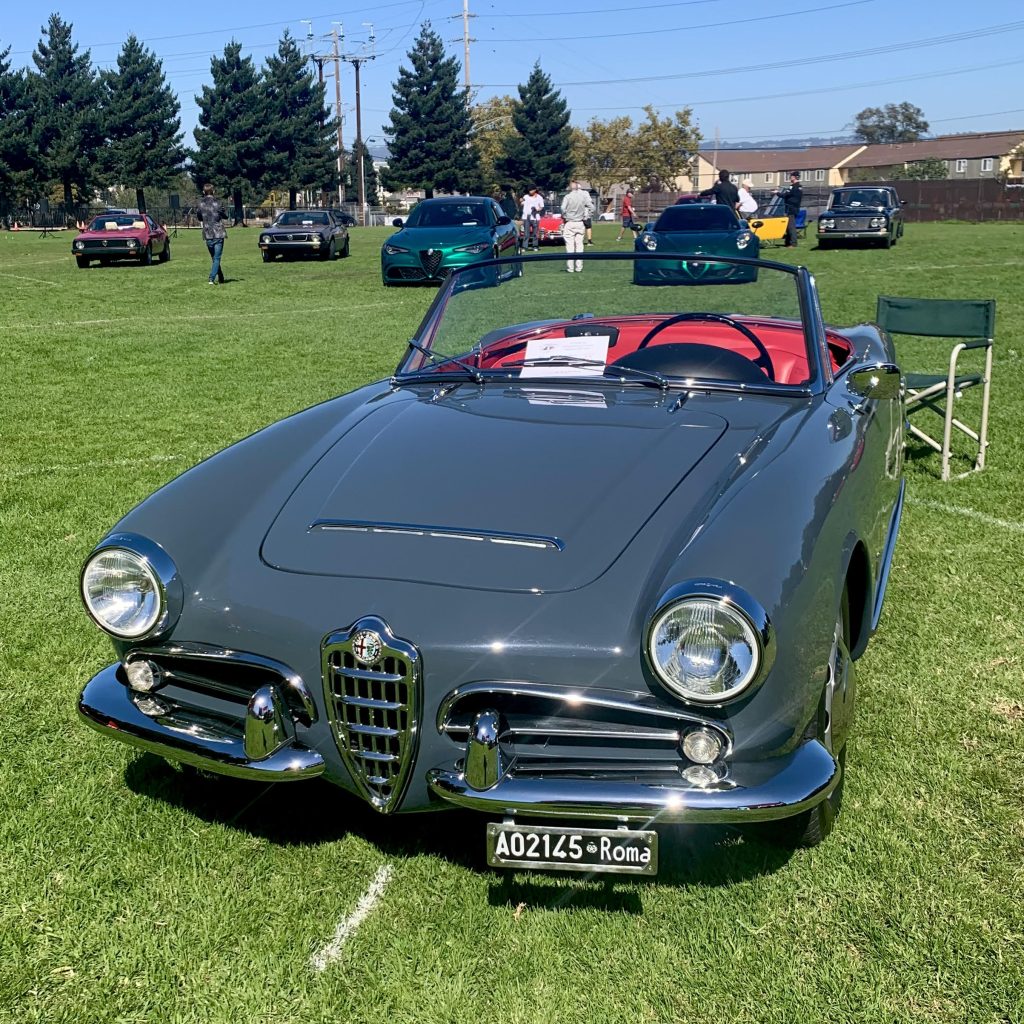
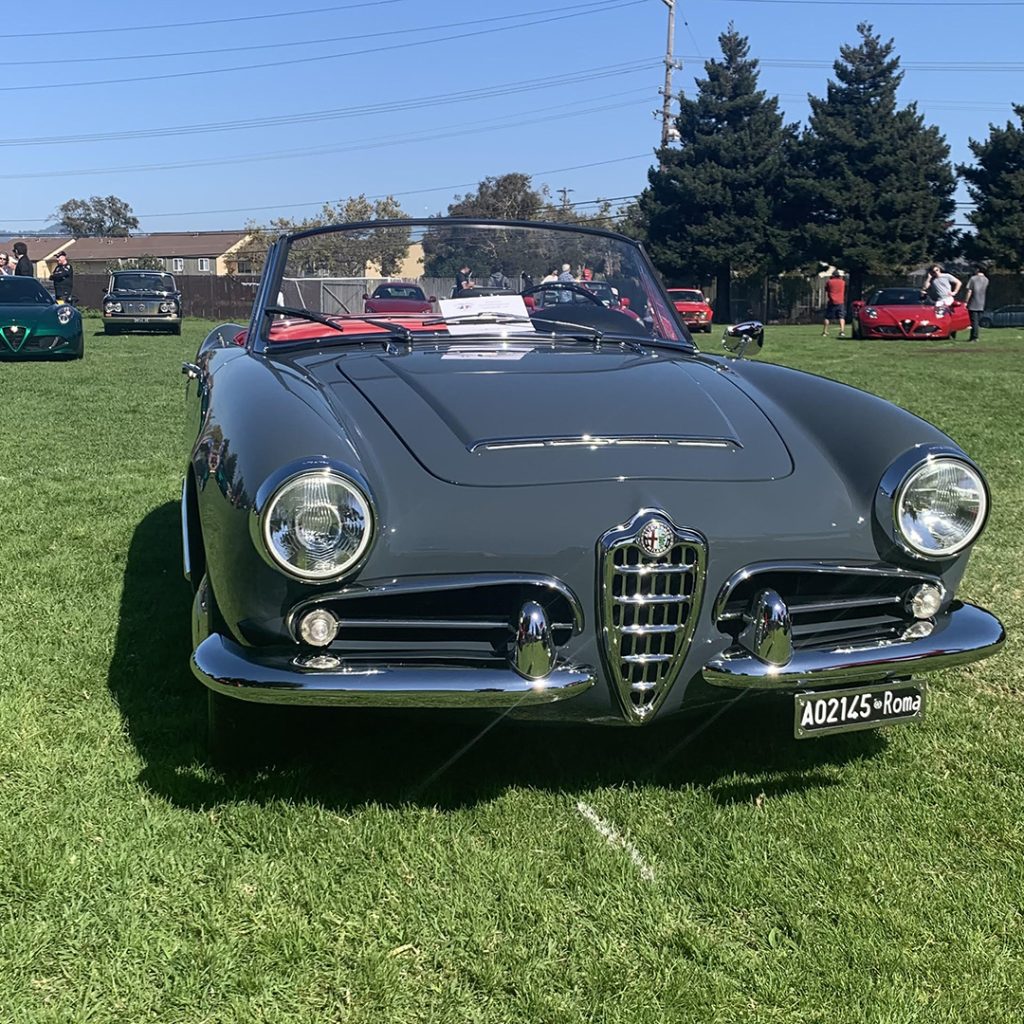
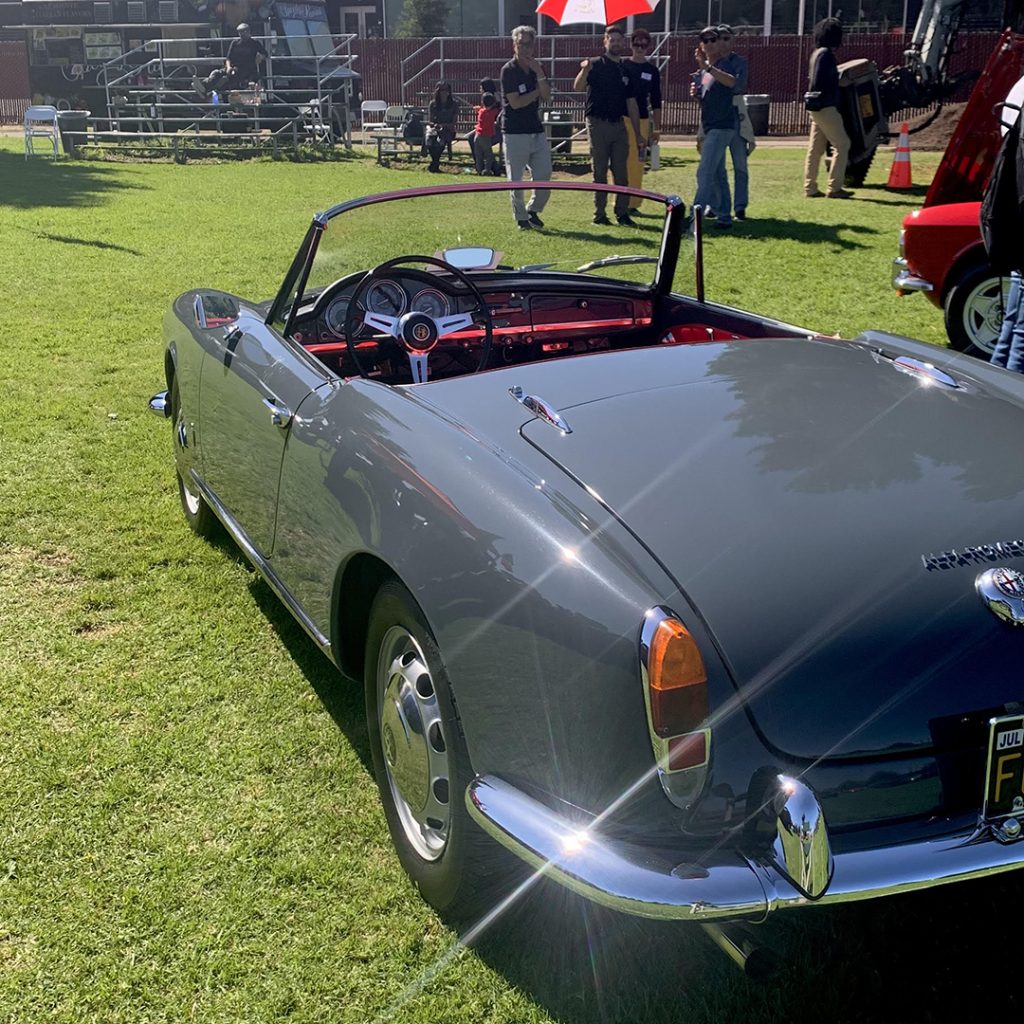
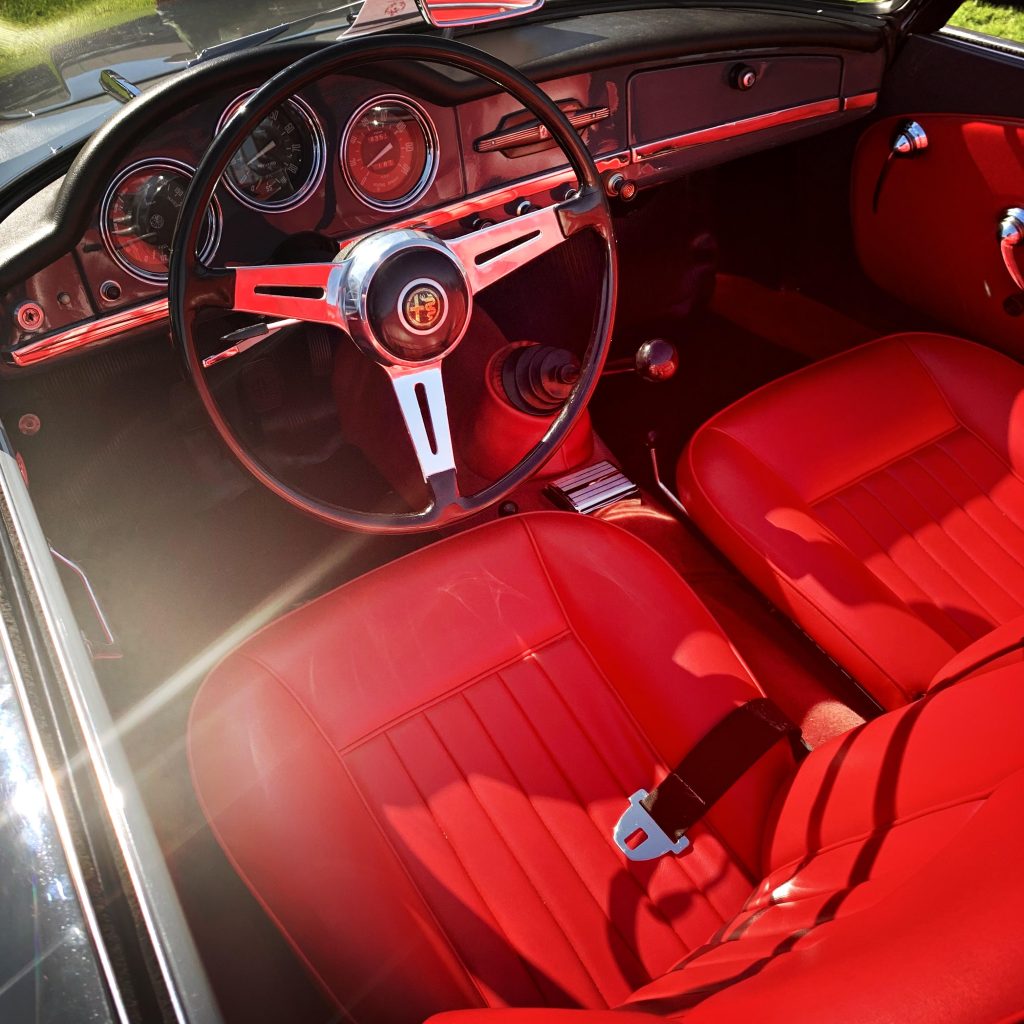
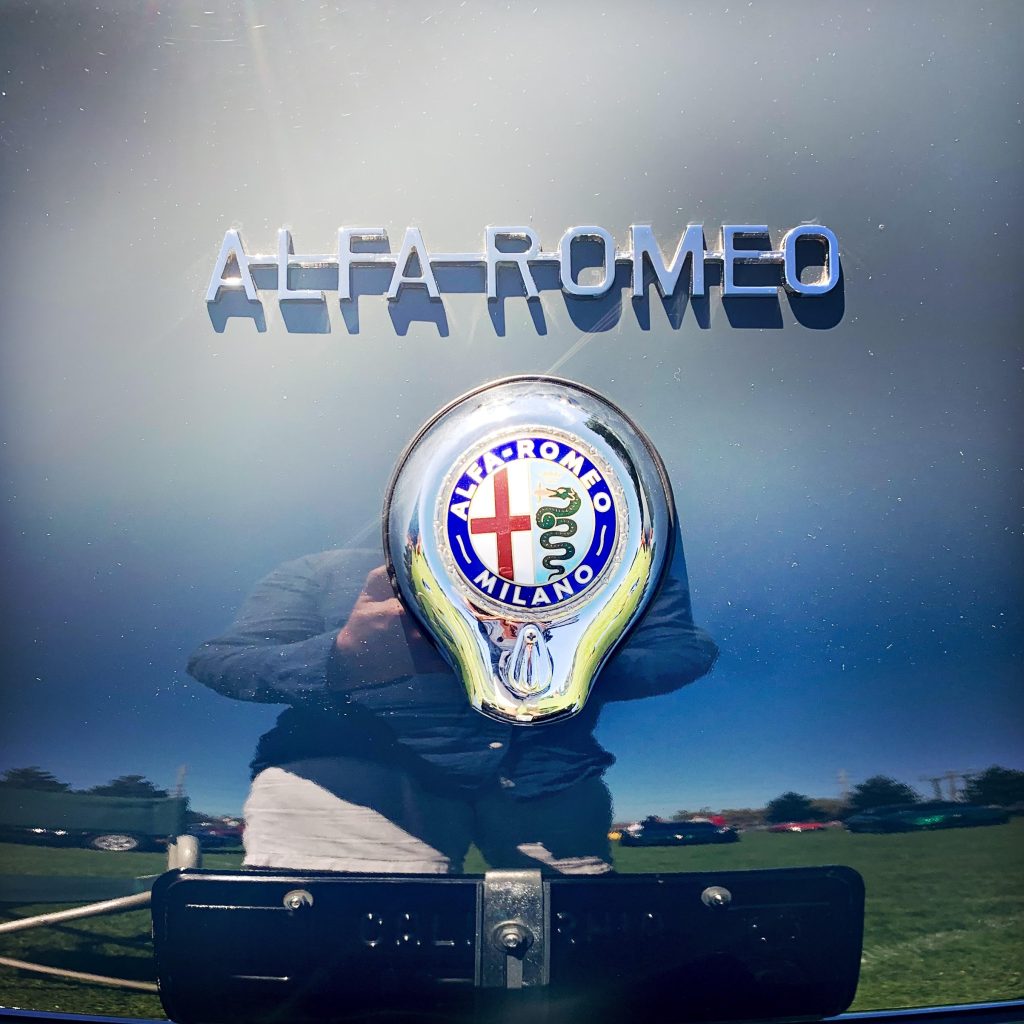
Translating Car Design Principles to Digital Experiences
As I admired the Spider Veloce, I couldn’t help but notice the shared values between designing a beautiful automobile and crafting digital user experiences. The principles of elegance, simplicity, and functionality that the Pininfarinas adhered to are just as essential in the digital world. These qualities not only create visually appealing interfaces but also shape intuitive and enjoyable user experiences.
- Elegance: In both car design and digital products, elegance is reflected in refined and seamless aesthetics. For the Spider Veloce, it's in the graceful lines and curves that suggest motion even when still. In digital design, elegance is found in fluid animations, balanced layouts, and harmonious color schemes that guide the user effortlessly.
- Simplicity: Like the Giulia Spider Veloce, which doesn't overwhelm with unnecessary details, a well-designed digital interface should also prioritize simplicity. This means eliminating anything that doesn’t serve a purpose and focusing on the most important elements. In design, simplicity is not about doing less; it’s about achieving more with less.
- Functionality: The Pininfarinas designed the Spider Veloce to be not just beautiful but also functional—a car meant for driving, not merely admiring. In digital products, functionality ensures that an interface is useful and user-friendly. It involves designing interactions that feel natural, building features that solve real problems, and making sure every click has a purpose.
Keeping Human-Centered Design Alive
While I may not be as renowned as Battista and Sergio Pininfarina, I take pride in applying the same principles to the digital experiences I create. At its core, design should always aim to enhance the human experience. Whether it's through a well-placed button on an app or a thoughtfully designed user flow on a website, the objective remains the same: to improve the lives of those who interact with our work.
The connection between vintage Italian car design and modern digital user experiences might seem unconventional, but it highlights a universal truth about great design—it transcends mediums. Elegance, simplicity, and functionality are timeless qualities that make any experience, whether physical or digital, not just usable but delightful.
Inspired by the legacy of designers who came before me, I carry this philosophy forward in my work. They remind me that, regardless of the medium, the ultimate goal is to create something meaningful and human-centered—design that not only functions well but also resonates meaningfully with its user.
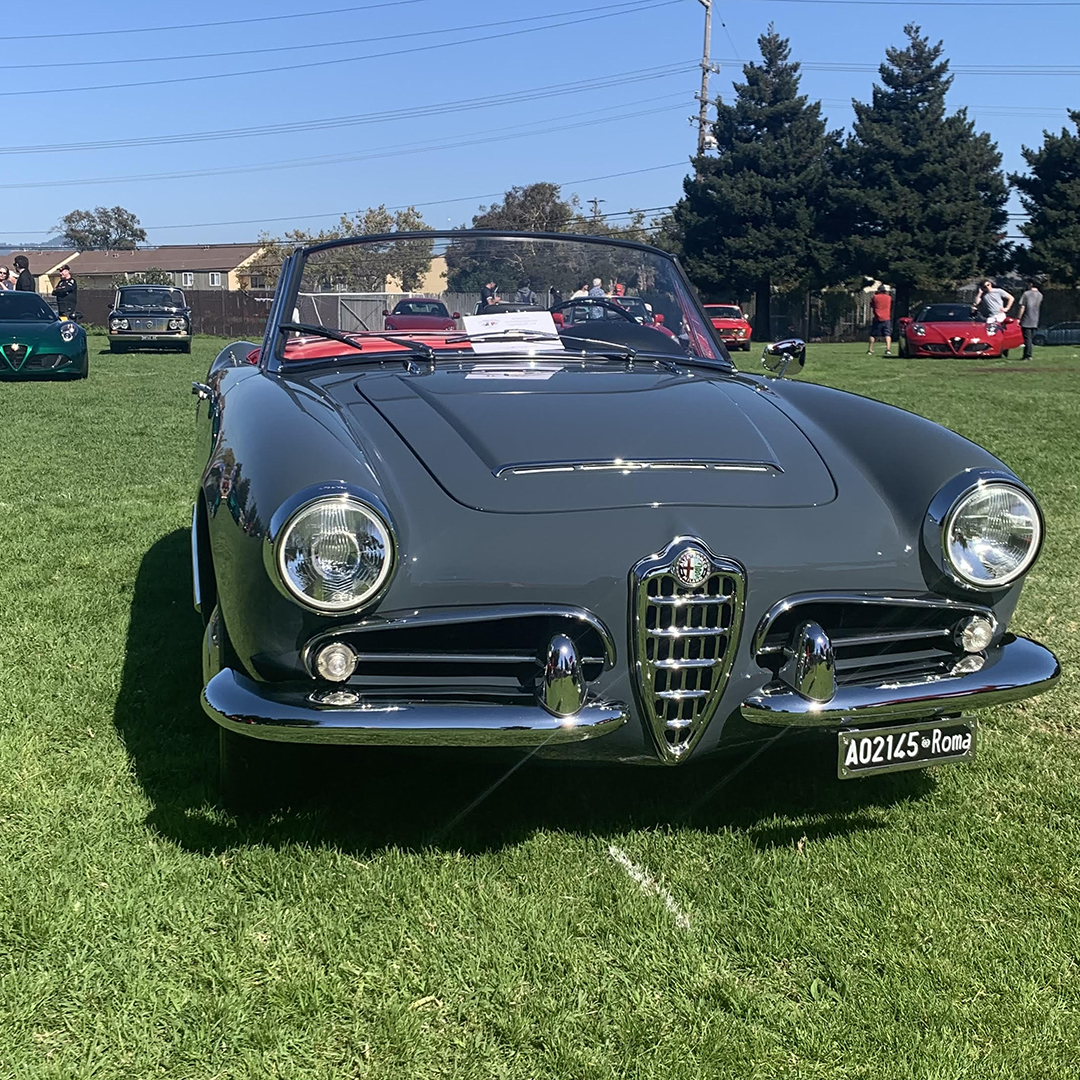
No Comments.